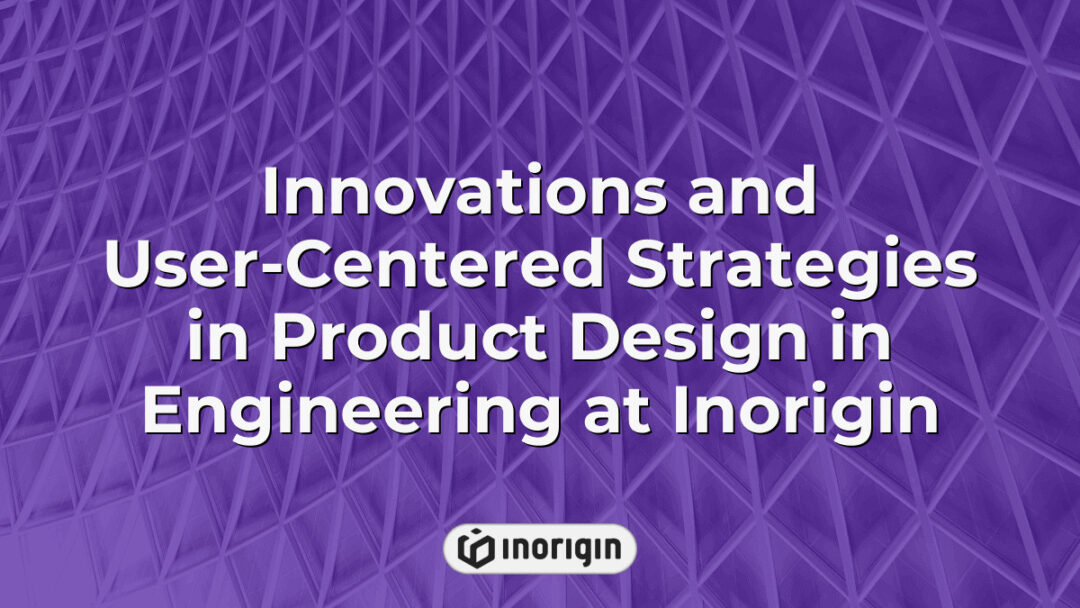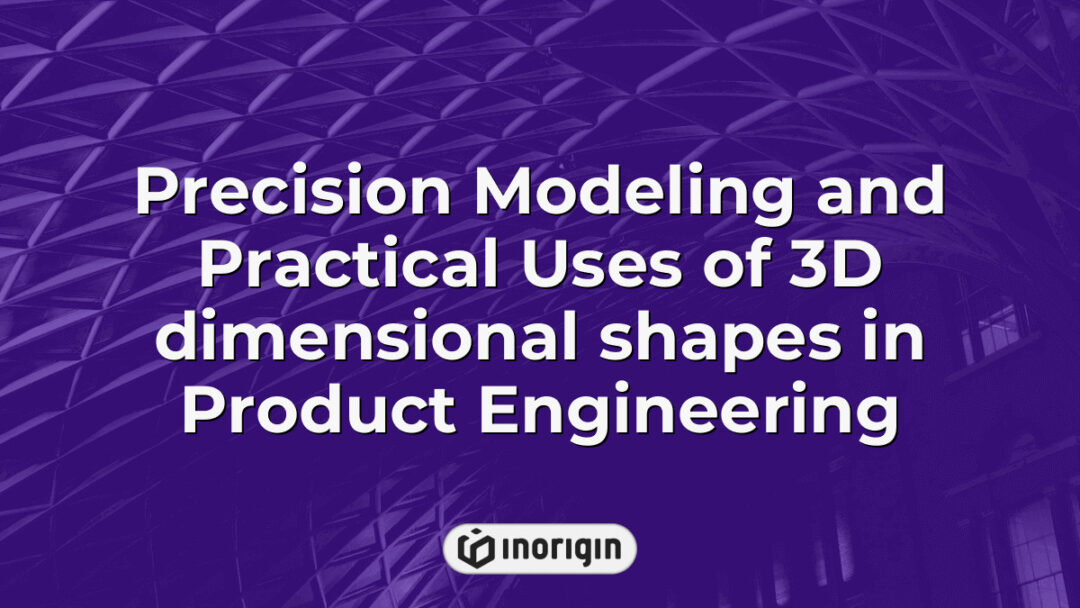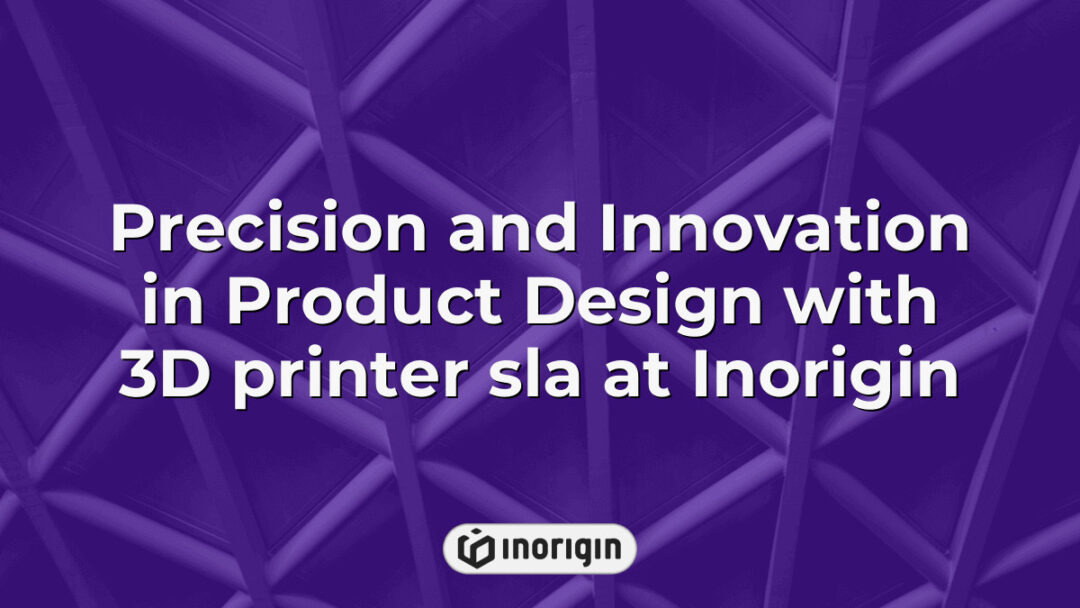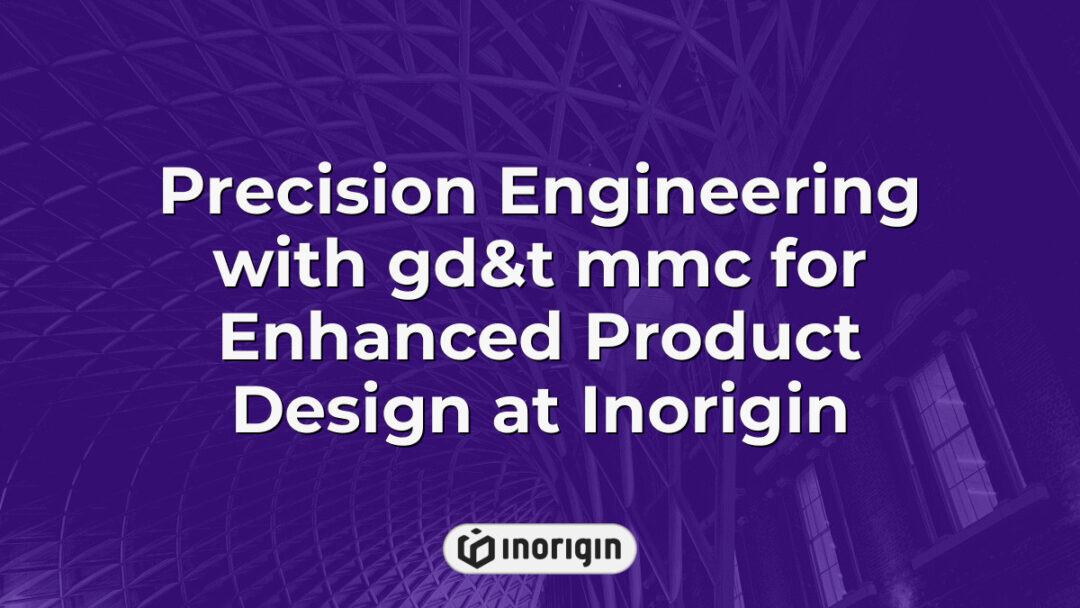Product design in engineering is often perceived as a mere amalgamation of aesthetic appeal and functionality; however, it transcends this superficial understanding, serving as a vital interplay of innovation, technical precision, and user-centric principles. The process is not solely about creating visually pleasing objects but is fundamentally rooted in addressing complex problems and enhancing user experiences through systematic methodologies. By integrating principles of design thinking and engineering rigor, product design emerges as a catalyst for technological advancement and societal improvement. This dynamic discipline fosters creativity while adhering to constraints, ultimately paving the way for groundbreaking solutions that resonate with users and meet market demands. Through a comprehensive exploration of product design, this article elucidates its pivotal role in bridging the gap between theoretical concepts and tangible applications in the engineering landscape.
| Aspect | Key Takeaway |
|---|---|
| Definition | Product design in engineering blends innovation, technical precision, and user-centric principles to create solutions that are both functional and aesthetically compelling. |
| User-Centered Design | Focusing on ergonomics and user behavior, user-centered design enhances product usability, ensuring solutions meet real human needs effectively. |
| Prototyping and Iterative Testing | Prototyping combined with iterative testing refines products through cycles of feedback, fostering improvements that align closely with user expectations. |
| Sustainability Integration | Incorporating eco-design principles and sustainable materials in engineering design addresses environmental impact and promotes responsible product development. |
| Emerging Technologies | Advanced tools like 3D printing, AI, and IoT drive innovation in product design by enabling complex geometries, smart features, and efficient production. |
| Collaboration | Cross-disciplinary teamwork between design, engineering, marketing, and manufacturing ensures products are market-ready and meet functional as well as aesthetic goals. |
| Career Opportunities | Product design engineering offers diverse roles in industries such as consumer electronics and automotive, propelled by rapid technological advances and sustainability trends. |
Principles and Fundamentals of Product Design in Engineering
The principles and fundamentals of product design in engineering establish a structured approach to creating functional and aesthetically pleasing products. Initially, the significance of rigorous design principles becomes apparent through their ability to visually represent complex ideas, ensuring that products are not only viable but also user-friendly. Key elements, such as ergonomics, materials selection, sustainability, and manufacturability, serve as cornerstones for effective product design. Transitioning from theoretical frameworks to practical applications reveals how these principles can be strategically implemented in diverse engineering fields. For instance, in the automotive industry, the integration of safety features and user comfort cannot be overstated; these factors are critical for both consumer satisfaction and regulatory compliance. Additionally, design journeys often incorporate iterative processes that allow for refining and enhancing the product, exemplifying the continuous feedback loop inherent in successful product design. In navigating these principles, engineers grapple with the balance between innovation and practicality, recognising that while creativity fuels new ideas, adherence to established design principles is essential for achieving functional objectives. By examining the interplay of these aspects, one can understand the fundamental role product design plays within the broader context of engineering.
The Role of User-Centered Design in Product Development
User-centered design in product development serves as a compass guiding engineers through the complexities of creating effective solutions that resonate with users. At its core, this approach emphasises the significance of ergonomics—designing products that align with human anatomy, psychology, and behaviour. The symbolism of this relationship can be likened to a well-crafted symphony, where each instrument contributes harmoniously to the overall experience. This design philosophy not only fosters creativity but also drives innovation, enabling designers to anticipate user needs and preferences. For instance, consider the development of smart home devices; these products require a nuanced understanding of how people interact within their living environments, thereby necessitating rigorous testing with diverse user groups to refine functionality and aesthetics. Furthermore, integrating user feedback into the iterative design process enhances the likelihood of a product’s success in the market, as it tailors the end results to the desires and capabilities of the target audience. Consequently, user-centered design emerges not just as a method but rather as a foundational ethos that elevates product development from mere functionality to a genuinely engaging user experience, ultimately creating products that users not only utilise but also cherish.
Prototyping and Iterative Testing in the Design Process
What constitutes an effective prototyping and iterative testing process in the realm of product design? The design process consistently underscores the significance of these two components, as they are integral to enhancing problem solving skills and facilitating hands-on experience during development. Prototyping involves creating tangible representations of concepts, allowing designers to explore functionality and user interaction. Transitioning to iterative testing, this phase embodies the cycle of testing, feedback collection, and subsequent refinement. Each iteration provides fresh insights; designers may identify unanticipated issues or opportunities for improvement, driving the product closer to fulfilling user needs. As a product evolves through each cycle, the iterative nature of testing propels an ongoing commitment to quality and user satisfaction, ultimately producing more refined and user-centered outcomes. In an environment where user expectations are continually shifting, ensuring the design process adapts through these stages becomes crucial for achieving market viability and relevance.
Integrating Sustainability in Engineering Design
Integrating sustainability into engineering design represents an evolving paradigm that resonates deeply with contemporary societal demands for environmentally responsible practices. This process necessitates a profound understanding of both design and engineering knowledge as well as engineering science, which work synergistically to foster innovations that not only achieve functional goals but also minimize ecological footprints. For instance, the incorporation of eco-design principles, such as life cycle assessment (LCA) approaches, enables engineers to evaluate the environmental impacts of products from their conception to their disposal, establishing a framework that champions sustainability. Furthermore, the use of renewable materials, energy-efficient manufacturing methods, and recycling principles illustrates a holistic approach to tackling resource depletion and waste generation. As a result, the current trend sees engineers increasingly prioritising sustainable materials and practices while collaborating with multidisciplinary teams to enhance the overall effectiveness of design outcomes; this underscores the notion that the future of engineering design lies in its capacity to merge technical proficiency with environmental stewardship. The implications of these shifts are profound, as they suggest that integrating sustainability is not merely a choice but a requisite in the ongoing evolution of the engineering discipline.
Emerging Technologies and Innovations in Product Design
The convergence of emerging technologies and innovations in product design is akin to the rapid beat of a drum, generating an electrifying rhythm that captivates engineers and designers alike. As 2023 unfolds, a plethora of new products utilising artificial intelligence, sustainable materials, and advanced manufacturing techniques emerge, reshaping the contours of traditional engineering practices. For example, the incorporation of 3D printing not only streamlines production processes but also enables the creation of complex geometries that were previously deemed unfeasible; this capacity allows engineers to push boundaries and rethink design parameters. Furthermore, virtual reality is transforming the prototyping phase, allowing designers to engage with their products in immersive environments, which enhances both creativity and functionality. Meanwhile, the integration of IoT devices within product frameworks facilitates real-time data collection, enabling smarter decision-making and enhanced product longevity. As the interface between technology and inventive spirit evolves, the implications for engineering design remain profound, encouraging a generation of products that are not only efficient but are also intrinsically linked to the principles of sustainability. The dynamic interplay of these innovations signifies a transitional period where the future of product design hinges upon continuous adaptation and an unwavering commitment to harnessing new technological potentials.
Frequently Asked Questions
What are the career opportunities in product design engineering?
Product design engineering is often perceived as a niche vocation with limited career prospects, yet this viewpoint overlooks the extensive array of opportunities that exist within this field. Firstly, graduates may find roles in sectors such as consumer electronics, automotive design, and medical device manufacturing, all of which demand innovative product solutions. Companies ranging from established giants like Apple and Tesla to emerging startups actively seek product design engineers to enhance their offerings and remain competitive. Additionally, interdisciplinary collaboration is a significant aspect of this profession; design engineers frequently work alongside materials scientists, marketing teams, and manufacturing specialists to create effective and market-ready products. Given the rapid technological advancements, the demand for skilled product design engineers has surged, leading to a spectrum of positions in project management, research and development, and even consultancy. The industry is also increasingly recognising the importance of sustainability, prompting a shift toward eco-friendly design practices, which further enriches the field with purpose-driven opportunities. These dynamics clearly underscore that a career in product design engineering is not only viable but also exceptionally diverse, catering to a multitude of interests and skill sets.
How do product design engineers collaborate with other teams?
In the bustling world of product design engineering, collaboration serves as the cornerstone upon which innovative ideas are built; without it, concepts risk remaining mere whispers in the air. Product design engineers often find themselves at the intersection of various departments, where their role extends beyond solitary design tasks to encompass an orchestra of teamwork. Regular interactions with marketing, engineering, and manufacturing teams are essential, as these collaborations allow for the alignment of design aesthetics with practical functionality. For instance, when a design engineer coordinates with marketing professionals to understand consumer preferences, it significantly shapes the product’s features and functionality, effectively transforming a fledgling idea into a market-ready solution. Additionally, engineers communicate closely with manufacturers to ensure that production lines can accommodate and replicate design specifications; this ensures both efficiency and quality in the final product. All of this interaction embodies a dynamic process, where the contributions of diverse teams converge, culminating in products that do not merely fill a market niche but resonate profoundly with users. The synergy developed through such collaborations ultimately bolsters the product’s success, underscoring the importance of effective teamwork in the field of product design engineering.
What are the most common software tools used in product design engineering?
The evolution of product design engineering can be likened to Da Vinci’s multidimensional approach, merging art and science in pursuit of innovation. In contemporary practice, various software tools facilitate this integration, enhancing efficiency and fostering creativity. For instance, Computer-Aided Design (CAD) software, such as SolidWorks and AutoCAD, emerges as the bedrock for engineers, enabling precise modeling and drafting. Additionally, Product Lifecycle Management (PLM) applications like Siemens Teamcenter play a crucial role in managing processes from conception to production, promoting collaboration and reducing errors. Simultaneously, simulation tools, including ANSYS and Abaqus, provide engineers the capability to anticipate and mitigate potential design failures, thereby ensuring robust outcomes. The interplay between these tools is further enriched by project management applications like Trello or Asana, which streamline communication across teams, allowing for real-time updates and adjustments. In such a dynamic environment, the choice of software not only influences design efficiency but can also impact a product’s overall success in the market, thereby underscoring the significance of the right technological tools in driving innovation within product design engineering.
Conclusion
In conclusion, the intricacies of product design in engineering underscore the adage, "form follows function." This principle emphasizes that effective design must prioritize functionality, ensuring that aesthetic appeal does not overshadow practical utility. Thus, a harmonious balance between form and function is essential for successful engineering solutions in product development.
Related posts:
- Why Is Human-Centered Design Essential in Product Engineering for Driving User Satisfaction and Market Success
- Human-Centered Design Enhance Product Usability Through Precision Engineering and Advanced Prototyping
- Human-Centered Design Improve Product Development with User-Driven Innovation at Inorigin
- How Can User-Centered Design Improve Product Development by Enhancing Usability and Collaboration at Inorigin
- How Can User-Centered Design Improve Product Innovation Through Enhanced User Experience and Data-Driven Insights
- How Can Human-Centered Design Improve Your Product Development Process to Drive Innovation and User Satisfaction




